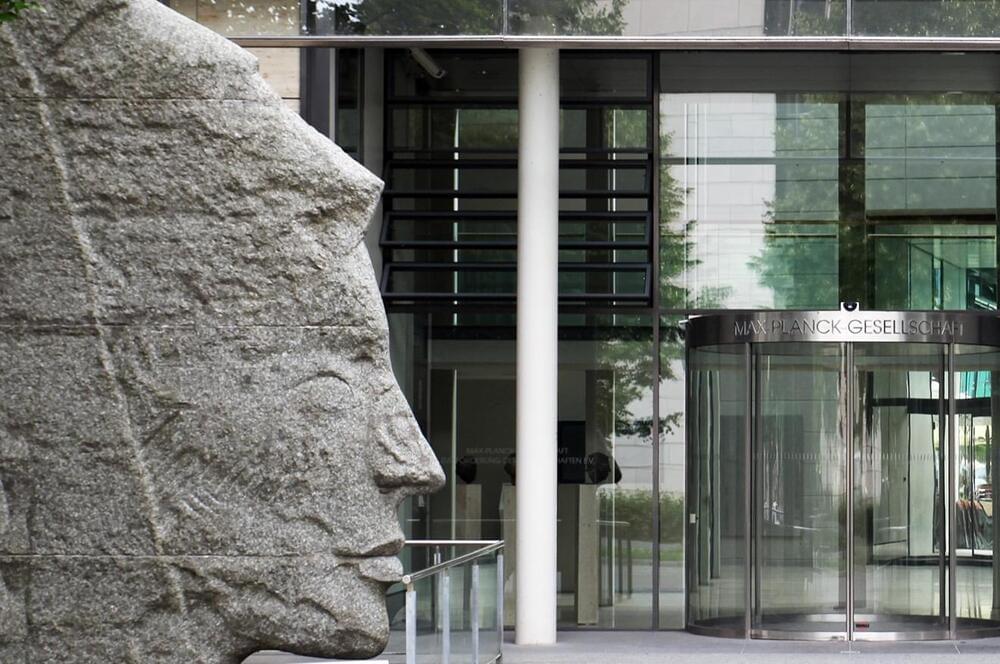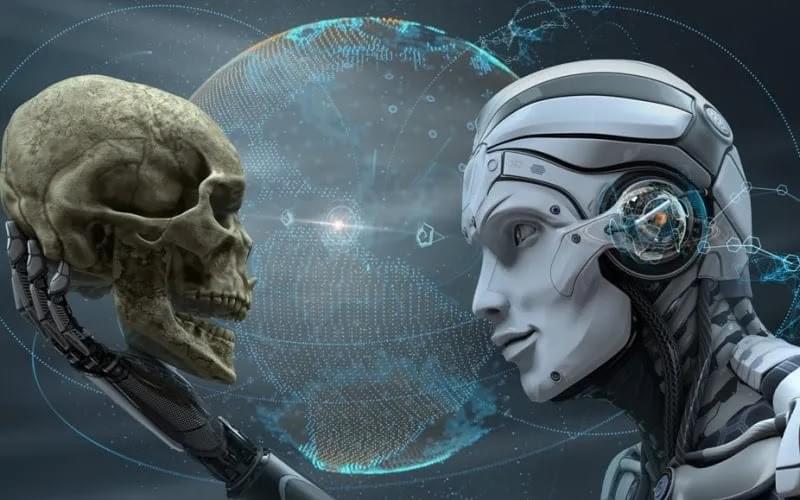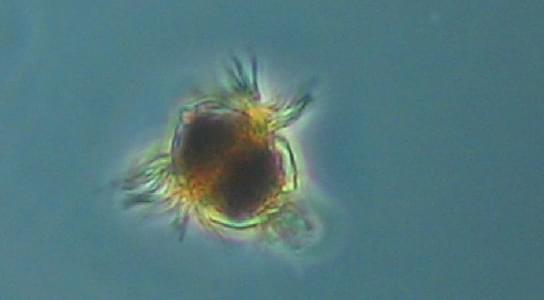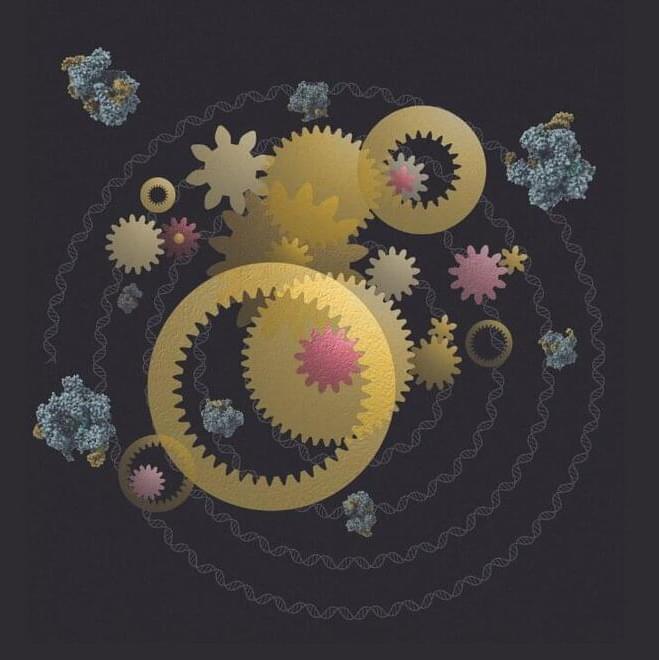Spike-based neuromorphic hardware holds the promise to provide more energy efficient implementations of Deep Neural Networks (DNNs) than standard hardware such as GPUs. But this requires to understand how DNNs can be emulated in an event-based sparse firing regime, since otherwise the energy-advantage gets lost. In particular, DNNs that solve sequence processing tasks typically employ Long Short-Term Memory (LSTM) units that are hard to emulate with few spikes. We show that a facet of many biological neurons, slow after-hyperpolarizing (AHP) currents after each spike, provides an efficient solution. AHP-currents can easily be implemented in neuromorphic hardware that supports multi-compartment neuron models, such as Intel’s Loihi chip. Filter approximation theory explains why AHP-neurons can emulate the function of LSTM units.





